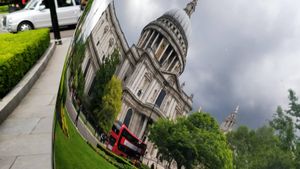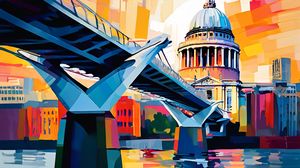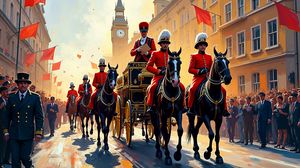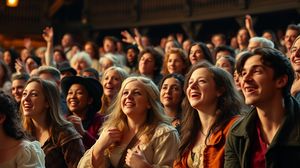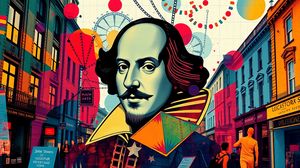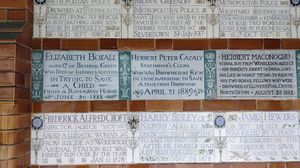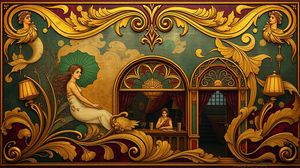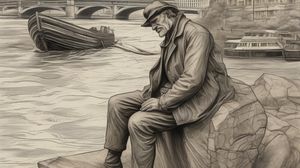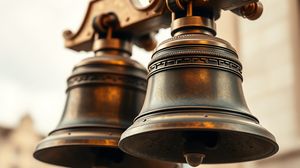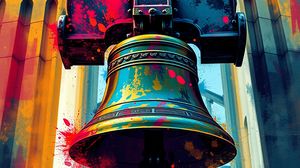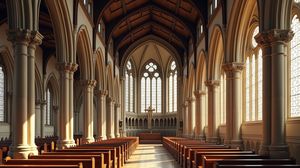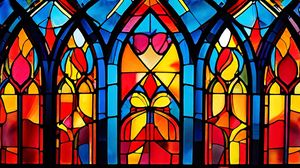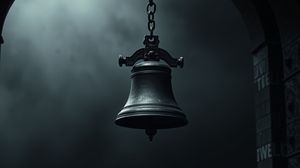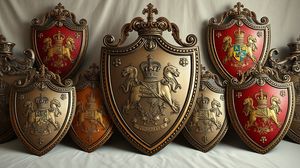
The College of Arms, located in the City of London, is an intriguing institution with a history dating back to 1484. It is responsible for the creation and maintenance of official coats of arms in England, Wales, Northern Ireland, and much of the Commonwealth. The grandeur of this armorial authority is reflected in its literal and figurative heraldry work for nobility, individuals, and companies.
The College of Arms operates under the authority of the Earl Marshal and is one of the last remaining heraldic authorities in the world still functioning today. Housed in an exquisite Georgian building, it stands as a timeless custodian of tradition amidst the modern hustle of London.
Although steeped in ancient customs, the College of Arms has embraced modern needs by designing arms for members of the public and governing corporations. Their records are not only of arms but also genealogical records, offering insight into the history and lineage of many British families.
An interesting fact about the College is that it was established by King Richard III, who issued a charter to create the heraldic body we know today. This institution has survived through centuries, including the Great Fire of London in 1666, which necessitated its rebuilding in the aftermath of the catastrophe.
Within its walls, a visitor may be surprised to learn that the heralds who work there have unusual job titles like "Rouge Dragon Pursuivant" and "Garter Principal King of Arms", roles that have captured the imagination of those intrigued by the regal and heraldic traditions.
The College has a fascinating royal connection, as it plays a vital role in the physical appearances of major state occasions, such as the State Opening of Parliament and the coronations, where members wear their colorful and historic ceremonial attire.
Surprisingly, despite its close ties to the crown and nobility, the College of Arms offers its heraldic services to all, allowing anyone to apply for a coat of arms, which makes this historic tradition accessible to people from all walks of life.

Making the Most of Your Visit:
Get ready to immerse yourself in history! When visiting the College of Arms, make sure to take a moment before entering to appreciate its Georgian façade. The building is a fine example of period architecture that survived the Great Fire of London, though extensively rebuilt, giving you a tangible piece of 17th-century history right on your doorstep.
If you're a genealogy enthusiast, plan ahead and see if you can explore some of the genealogical records. These aren't just about heraldry but offer a fascinating peek into the past of many British families. It's a hidden gem for those who appreciate lineage and ancestry, but be aware that access to certain records might need special permission or advance notice.
Inside, make it a point to specifically look out for the unique and colorful titles of the heralds. Titles like "Rouge Dragon Pursuivant" might sound straight out of a fantasy novel, but they're real working titles, adding a layer of intrigue to your visit. It's like stepping into both past and myth.
If you're lucky and time it right, you might catch sight of some of the ceremonial attire that heralds wear for grand state occasions. These garments are full of historical significance and are emblematic of the rich traditions upheld by the College. Ask about the role these costumes play in events like the State Opening of Parliament.
And lastly, don't miss the opportunity to see some stunning examples of heraldic art. Whether you're looking at traditional creations or modern designs for companies and individuals, the College offers a profound look into how coats of arms have evolved over centuries, blending history with contemporary design.

Visiting Times & Costs:
The College of Arms in the City of London is open to the public, but visits are by appointment only. It is essential to get in touch with the College to arrange a tour, as they do not adhere to regular opening hours like typical tourist attractions.
Cost:
- Tours and visits generally incur a fee, which varies depending on the type of visit and number of participants. Specifics should be confirmed when booking.
- Entrance to the building for research purposes may have additional costs.
Accessibility:
- The College of Arms is a historical building, which may present certain accessibility challenges for visitors with mobility issues. It is recommended to contact them directly to discuss specific accessibility needs.

Address & Map:

Nearby:

